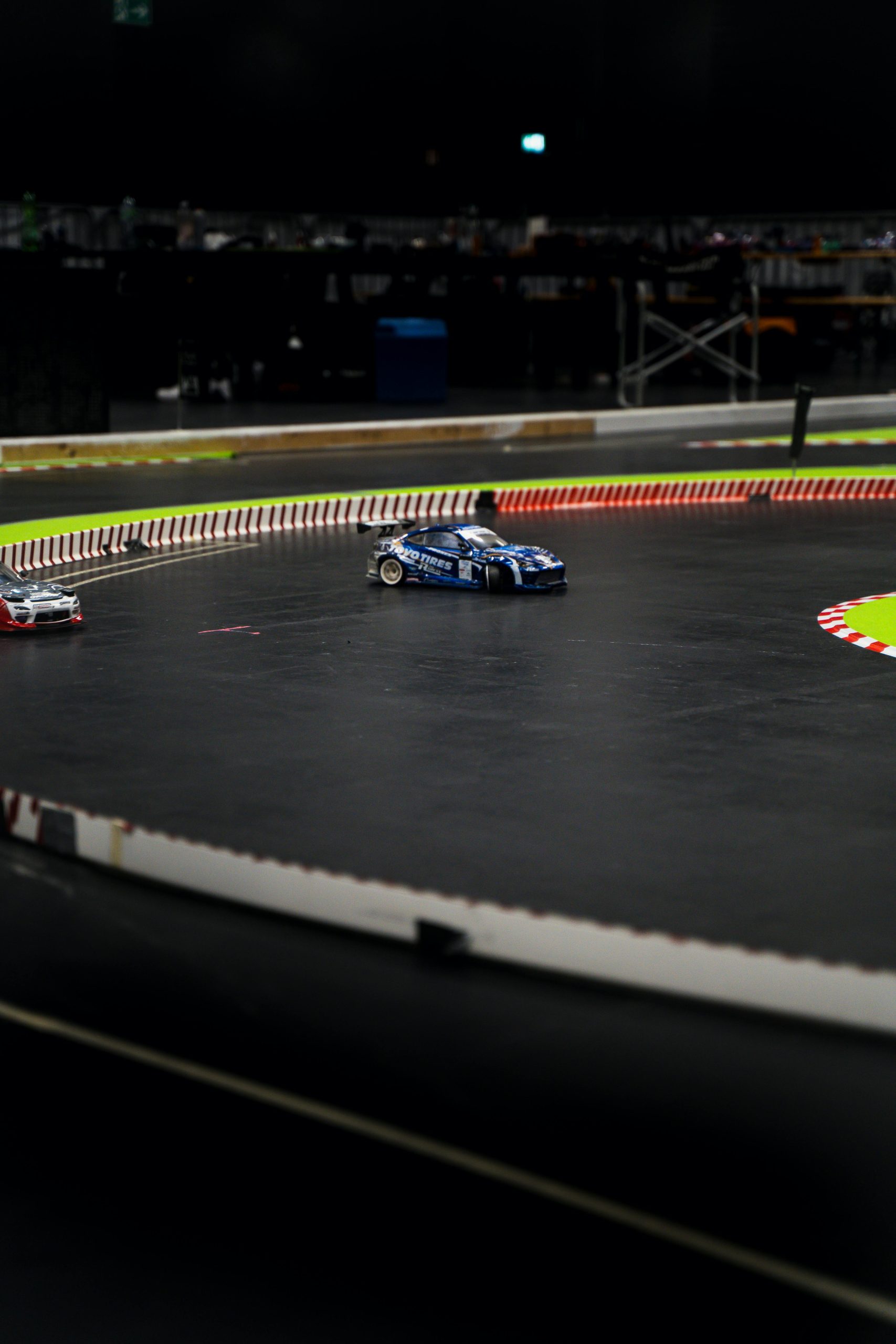Troubleshooting a Non-Responsive Computer: Seeking Guidance
If you’re reading this, you’re likely familiar with the frustrations of technology failures. Recently, I encountered a significant issue with my computer, and I’d like to share my experience while also seeking advice from the community on the best course of action.
The Situation
My machine, which I meticulously built back in 2011, unexpectedly ceased functioning just yesterday. While I am preparing to invest in a new tower, I’ve decided to conduct a thorough examination of the old system. My hope is to salvage usable parts that could be repurposed for my children’s new setup. However, I’m mindful not to compromise any new components during this process.
System History
Not too long before the failure, we experienced a breakdown of our central air conditioning unit, resulting in a warmer and more humid home environment. Surprisingly, the computer was handling gaming sessions 5 to 7 nights a week without major hiccups, although it did freeze unexpectedly a few times weekly. Despite these random freezes—where even the num lock key failed to illuminate—the temperature readings through CPUID indicated that overheating wasn’t an issue.
However, after powering down the system for the night, I attempted to turn it back on the next day. The fans whirred, the optical drives lit up briefly, but ominously, there was no progression to the BIOS splash screen. The machine subsequently powered off. A repeat of this process resulted in even quicker shutdowns, and now, when I press the power button, the system shows no signs of life whatsoever, not even a flicker from the motherboard.
The Questions
-
Common Hardware Failures: Given the symptoms and the acceleration of the shutdowns, does this align with any known hardware failures? Any insights would be greatly appreciated.
-
Testing Components: Aside from visually inspecting the components for obvious damage, what methods exist to safely test the hardware from the failed system? I’m particularly concerned about which parts are safe to use in a new build to avoid potential damage.
-
Budget-Friendly Solutions: Even if only a couple of components are faulty, is my system outdated enough that a new budget gaming PC build might outperform it? I am open to researching this area further, but I would appreciate understanding the feasibility and effort required to salvage parts from my deceased setup.
Conclusion
I appreciate any guidance or insights you can offer regarding these challenges. Navigating computer hardware issues can be daunting
Share this content:




Potential Causes and Troubleshooting Steps for Non-Responsive Hardware
Given the symptoms described, there are several common hardware issues that could be causing your system to fail to power on:
Recommended Testing and Safety Precautions
To evaluate components safely, consider the following steps: